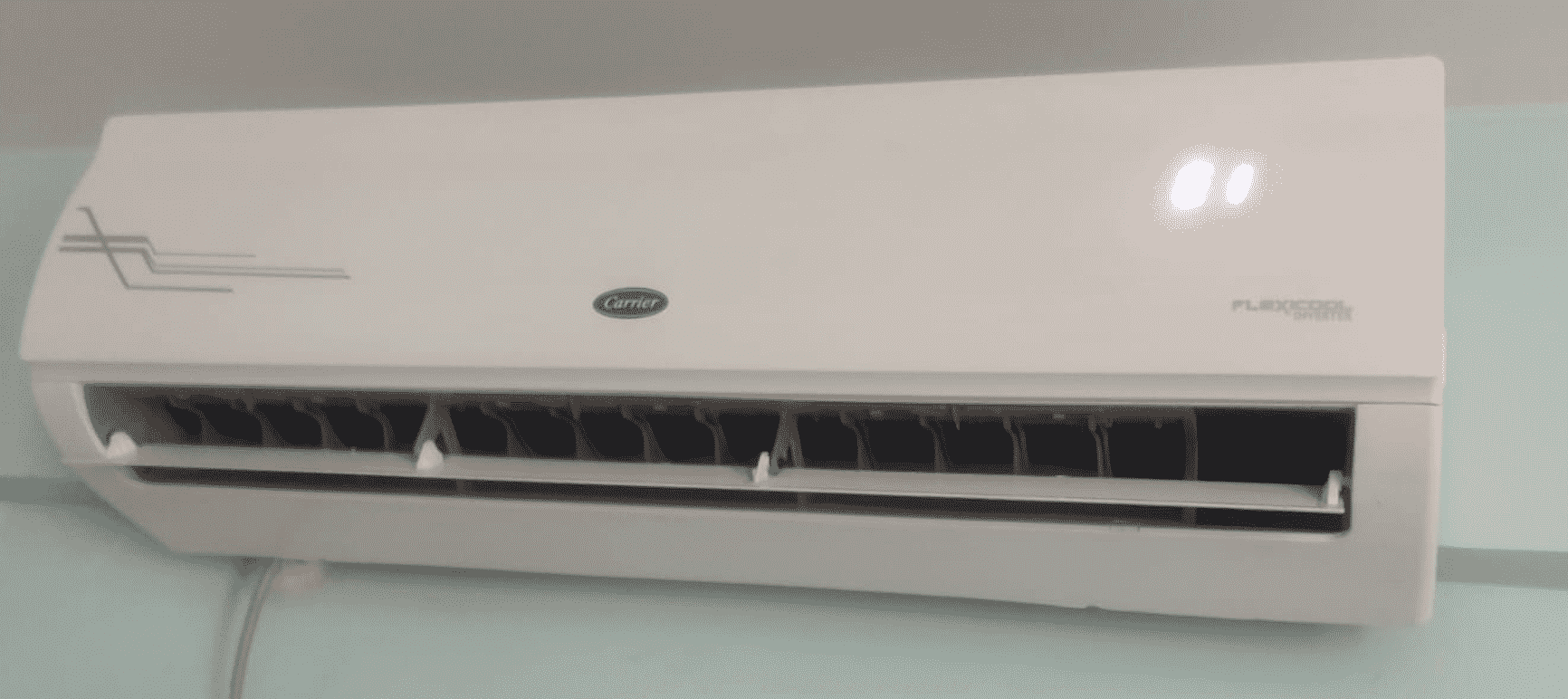Carrier inverter air conditioners are known for their energy-efficient performance and advanced features. However, like any complex system, they can occasionally encounter issues that manifest as error codes. Understanding how to properly check and interpret these error codes is crucial for maintaining the optimal performance of your Carrier inverter AC unit. In this comprehensive guide, we’ll walk you through the step-by-step process of identifying, decoding, and resolving Carrier inverter error codes.
Identifying the Error Code
The first step in addressing a Carrier inverter error is to identify the specific error code displayed on the indoor unit’s control panel. Carrier inverter ACs typically use a combination of letters and numbers to represent different types of errors or malfunctions. These error codes are designed to provide valuable information to both users and technicians, helping them pinpoint the root cause of the issue.
To identify the error code, closely examine the display panel on your indoor unit. The error code will be clearly visible, often flashing or displayed in a dedicated section of the panel. Make a note of the exact code, as this information will be crucial in the next step.
Decoding the Error Code

Once you have the error code, you can refer to the Carrier error code list to understand the meaning and potential causes of the issue. Carrier provides comprehensive documentation and resources that detail the various error codes and their corresponding descriptions.
Some common Carrier inverter error codes and their meanings include:
| Error Code | Description |
|---|---|
| E0 | Indoor unit EEPROM parameter error |
| E1 | Indoor/outdoor units communication error |
| E3 | Indoor fan speed has been out of control |
| P4 | Inverter compressor drive error |
By cross-referencing the error code you’ve identified with the Carrier error code list, you can gain valuable insights into the nature of the problem and potential solutions.
Troubleshooting and Resolving the Issue
With the error code information in hand, you can proceed to the troubleshooting and resolution steps. Depending on the specific error code, the recommended actions may vary, but generally, you can follow these guidelines:
- Check the Wiring and Connections: Some error codes may indicate a problem with the wiring or connections within the air conditioning system. Carefully inspect the wiring, ensuring that all connections are secure and free from damage.
- Verify the Refrigerant Level: If the error code suggests an issue with the refrigerant level, it’s essential to have a professional HVAC technician check and, if necessary, refill the refrigerant to the proper level.
- Inspect the Compressor: If the error code points to a problem with the compressor, it’s best to have a qualified technician assess the compressor and determine the appropriate course of action, which may involve repair or replacement.
- Reset the Unit: In some cases, simply resetting the unit may resolve the error. To do this, turn off the power supply to both the indoor and outdoor units for a few minutes, then restore the power and see if the error persists.
If you are not comfortable performing these troubleshooting steps or if the error code persists after your initial efforts, it’s highly recommended to contact a professional HVAC technician. They have the expertise and specialized tools to accurately diagnose and resolve more complex Carrier inverter error code issues.
Preventive Maintenance and Regular Checkups
To minimize the occurrence of Carrier inverter error codes and ensure the long-term reliability of your air conditioning system, it’s essential to maintain a regular preventive maintenance schedule. This includes:
- Regularly cleaning or replacing air filters
- Inspecting and cleaning the indoor and outdoor units
- Checking the refrigerant levels and system pressures
- Verifying the proper operation of all electrical components
- Ensuring that all connections and wiring are in good condition
By staying proactive with your Carrier inverter AC maintenance, you can help prevent many common issues and extend the lifespan of your system.
Remember, while this guide provides a comprehensive overview of how to check and address Carrier inverter error codes, it’s always best to consult the manufacturer’s instructions or seek the assistance of a qualified HVAC professional if you have any doubts or concerns.
